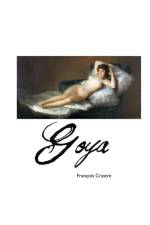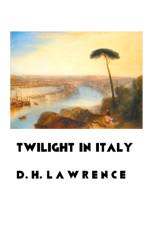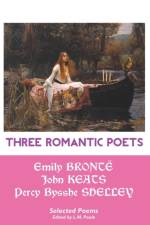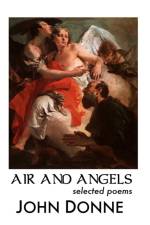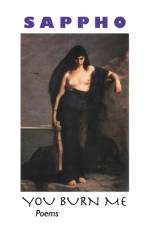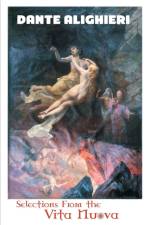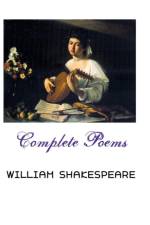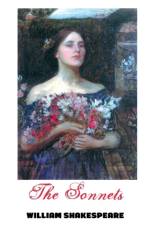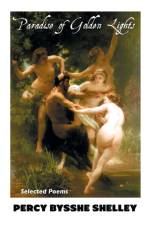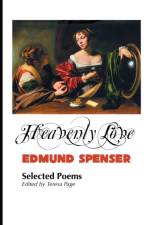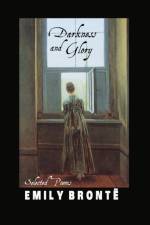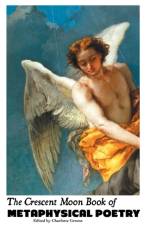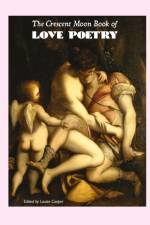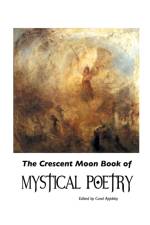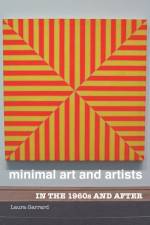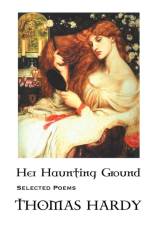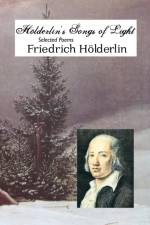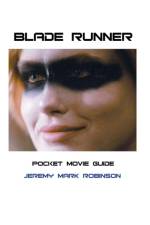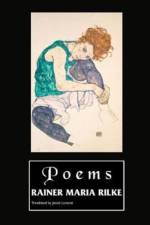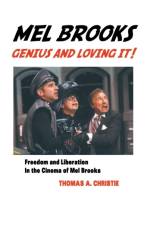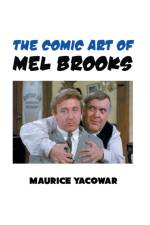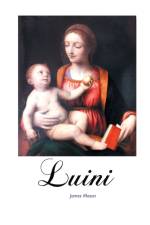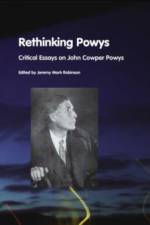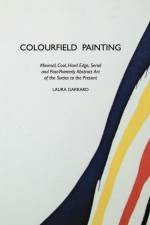20,00 €
THE CRESCENT MOON BOOK OF METAPHYSICAL POETRYEdited and introduced by Charlotte Greene. With a new picture gallery, and additional poems for this edition. All of the major and many of the minor Metaphysical poets are featured in this anthology, including: John Donne, Lady Mary Wroth, Robert Herrick, George Herbert, Sir William Davenant, the Countess of Sidney Godolphin, Richard Crashaw, John Cleveland, Abraham Cowley, Richard Lovelace, Andrew Marvell, Henry Vaughan, and Thomas Stanley. The Metaphysical poetic style is witty, learned, subjective, sensual, intellectual, reflective, philosophical, baroque, intense, and sometimes ecstatic. Metaphysical poetry was passion and emotion modified by intellect/ ('passionate ratiocination' Herbert Grierson called it), while T.S. Eliot described John Donne's poetry as experience modified by (his) sensibility. Helen Gardener said that Metaphysical verse was 'an expanded epigram', and Margaret Willy called it 'feeling thought'. Metaphysical poetry used satire and irony, as well as the new science (biology, mathematics, cosmology and microcosmic emphasis). It is a poetry concerned with living for the present, with philosophical and religious subjects - with, in short, the soul. It is a dramatic poetry, essentially lyrical, often rough at the edges, with a love of individualized verse forms and writing poems as long as needed to be. After the adherence to traditional stanzas of Elizabethan poetry (the sonnet being the most obvious type), the Metaphysical poets employed a wide variety of forms and metrical patterns. Thomas Traherne for example, wrote in a new verse form each time he composed a poem. Poets such as Vaughan, Traherne and Marvell give the impression of writing until they've finished what they wanted to say. Their poetic forms were open - a short line here, an extended stanza there, as the subject required. Metaphysical poetry was partly 'Classical', partly 'Christian' and partly 'religious'; it was partly humanist, partly Cavalier and partly Elizabethan. John Donne, for example, was just as much Elizabethan, post-Petrarchan, Renaissance and 'Classical' as 'Metaphysical'. Some critics separate the Metaphysical poets' love poems from their religious ones. The distinction may be useful, but it is not how poets write. The boundaries between profane/ sacred, love/ religion, secular/ divine is not that clearly marked by the poets themselves. The 'religious' poems of the Metaphysical poets are often their most erotic. They write of God, the beloved, and their relationship to him, in erotic terms. In poems such as 'The World', for example, Henry Vaughan narrates the old notion of the soul mystically married to the Bridegroom (God). With an introduction and bibliography. The text has been revised for this edition, with new poems added. Includes a new picture gallery. Also available in an E-book edition. www.crmoon.com.

